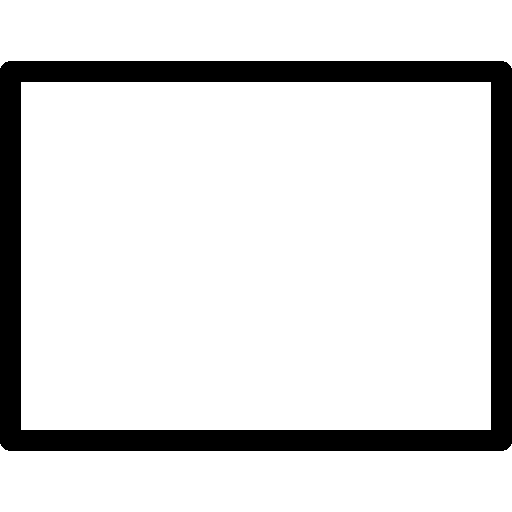


Notice that while ’s and ’s position is defined by their geometrical centers, the position of a is defined by the coordinates of its top left corner.Īpart from basic rectangles, we often use rectangles with rounded corners. A basic is defined by 4 attributes: its x and y coordinates, along with its width and height: SVG rectangle ( Large preview) In case of all design tools, using a rectangle tool generates a element in SVG. Rectangles And Rounded RectanglesĪnother basic shape common to all design tools is a rectangle. In case of ellipses and circles, all design tools work the same: Ellipse Tool in Illustrator, Oval tool in Sketch and Ellipse tool in Figma will all generate element unless the radii are equal: in such cases we will end up with a element. SVG has its own element that takes one attribute less as there’s only one radius to be taken into account: SVG circle ( Large preview) A circle is an ellipse with rx and ry radii equal to each other. The very special type of ellipse is a circle. This is what an ellipse looks like in SVG: SVG ellipse ( Large preview) In SVG, we will find a matching element, defined by the coordinates of the ellipse’s centre ( cx and cy) and two radii ( rx and ry). One of the basic shapes in every design tool is an ellipse. The table below represents what shape tools are available in Illustrator, Sketch, and Figma and what SVG elements they are exported as. Many vector graphics are build out of a few basic shapes - grouped, transformed and combined with each other.

To better understand the relation between the two, let’s take a closer look at what graphic design apps have to offer and how their features translate to SVG. So no matter if you’re a designer that codes or a design-conscious developer, a good proficiency in working with SVG requires a bit of knowledge from both sides: design tools and the SVG language itself. Therefore, it’s common practice to use applications such as Adobe Illustrator, Sketch or Figma to design graphics visually, and then export them to an SVG format. Working with complicated shapes and graphics in a text-based format is utterly possible, but usually would be very tricky and tedious. However, in a vast majority of cases, using graphic design applications is inevitable.
TRANSPARENT RECTANGLE SVG SOFTWARE
So theoretically, as opposed to JPG or PNG files, we don’t need any GUI software to create SVG. SVG is an XML-based markup language and, like any other programming language, can be written and edited in a text editor. Some of the points discussed below would not apply to SVG 2, however, it still hasn’t reached the recommendation status, leaving SVG 1.1 as the most up-to-date specification. Note: If not stated otherwise, the content of this article is referring to SVG 1.1 2nd Edition. There are also other tools available supporting SVG that may have other functionalities and implement other solutions. In this article, I’ll shed light on three of the most popular design tools: Adobe Illustrator, Sketch, and Figma. We use SVG because of its scalability and smaller file size, but in reality, SVG is so much more! Surprisingly often, SVG is treated as just another image format. Let’s take a closer look at the process of generating SVG with popular design apps and how we can use them to our own advantage.Ī good understanding of SVG is a rare skill. On top of that we learned that the mask property is identical to the background property so we can switch them out to make debugging the mask image easier.To make the best of SVG, it’s useful not only to learn its syntax but also to understand how SVG is generated by graphic design software. We learned a nice trick where we used the CSS mask property to change the fill color of a SVG when it’s used as a background-image Just like that a readable SVG has appeared in our CSS.Īllright, let’s first assign the SVG to the background property so we can see it, we’ll turn it into a mask in a couple minutes.Add some structure by ending a line with \.Prefix the SVG with data:image/svg+xml,.What’s amazing about the timeline we live in is that we can pass the SVG to the CSS url() function without base64 encoding it or escaping all kinds of characters. But that shouldn’t spoil the fun as it opens up a world of possibilities but we’ll get to that. Instead of changing the fill color of the SVG we change the background-color of the button. This is just a normal button with an SVG used as a CSS mask


 0 kommentar(er)
0 kommentar(er)
